-
Our ProductsLoansCardsInsuranceInvestmentsStock MarketElectronics MallCIBIL ScoreKnowledge CentreAcademyCalculators
- Our Services
- My Account
- Discover
Evaluating the Benefits and Risks of Algo Trading
Algorithmic (algo) trading uses pre-defined computer rules to buy and sell securities automatically. This page explains its advantages and drawbacks, outlines how it works in India under SEBI norms, and highlights practical factors self-directed investors may consider without relying on promotional language or advice.
What Is Algorithmic Trading
Algo trading allows trades to be executed automatically using technology rather than manually.
Technology and Rule‑Based Execution
Trading occurs based on coded criteria—such as price, timing, volume, or trend indicators—enabling orders to trigger without manual input when those parameters are met. These algorithms run on trading platforms and can react within microseconds, allowing access to market opportunities faster than traditional execution.
Role of Exchanges and Brokers
In India, trades pass through broker APIs and exchanges (NSE/BSE). SEBI‑monitored platforms ensure rules are followed, including margin requirements and audit trails. Algo trading platforms are typically integrated with Direct Market Access (DMA), providing professional traders with lower latency and real-time access to exchange order books.
Key Advantages of Algorithmic Trading
The following sections explore how algo trading can enhance efficiency and control volatility.
Speed and Precision
Algorithms operate in milliseconds—faster than human reflexes—allowing for rapid execution of orders at optimal prices. Speed plays a crucial role, especially in volatile or high-volume conditions, by helping investors reduce slippage and ensure price accuracy.
Reduced Emotional Bias
Automated rules reduce emotional swings in decision‑making. Once coded, they execute reliably, eliminating impulsive trading. This fosters discipline and removes psychological factors like fear and greed, which often impact retail traders.
Back‑tested Strategy Deployment
Algorithms can be tested on historical data. This helps refine strategies before actual deployment, improving potential performance. Backtesting allows users to understand how strategies would have behaved under different market scenarios and avoid unproven methods.
Cost Efficiency and Consistency
By executing trades without manual intervention, algo systems may lower costs and ensure consistent, disciplined execution over time. Lower brokerage fees, minimised manual errors, and the ability to trade at scale are some of the cost-related benefits.
Important Limitations of Algorithmic Trading
Despite its strengths, algo trading comes with challenges that warrant attention.
System and Technical Risks
Technical failures—such as server downtime, connectivity issues, or coding errors—can trigger unintended trades or miss opportunities. Algorithms may malfunction or execute faulty trades if not regularly monitored, especially during rapid market shifts.
Over‑Optimization and Strategy Decay
If algorithms are too finely tuned to past data, they risk failing when market conditions change. Regular updates are needed to avoid decaying performance. Overfitting can cause models to appear profitable historically but underperform in live markets.
Latency and Market Impact
Execution speed may still lag competitors (latency), and large automated trades can move prices, increasing execution costs. Market impact from aggressive strategies can also lead to reduced profitability if not handled with caution.
Regulatory Oversight and Compliance Risks
SEBI regulation of algo strategies (including retail access, audit trails, kill switches) helps manage misuse. Traders must adhere to circuit filters, margins, and surveillance. Non-compliance can result in penalties or restrictions, making regulatory knowledge essential.
How Algo Trading Fits in an Indian Context
Indian markets have their own environment and regulatory setup.
Exchange Infrastructure and Connectivity
NSE/BSE offer co‑location services, low‑latency feeds, and fast execution hubs. Firms may pay for proximity to exchange servers to reduce order latency. This enables faster access to data and enhances execution speed for high-frequency strategies.
SEBI Norms and Risk Controls
SEBI’s draft rules mandate exchanges to approve algos, audit code, and enable kill‑switches. Brokers and platform providers must ensure client compliance. Position limits, pre-trade risk checks, and automated surveillance systems are also enforced.
Practical Considerations When Using Algo Strategies
Though impartial, it is important to note practical design and monitoring aspects.
Risk Management Features
Well-designed algos include stop losses, position limits, and drawdown controls to manage risk automatically. These parameters act as safeguards against unexpected market volatility and reduce capital exposure.
Monitoring and Intervention
Even automated systems require oversight. Live tracking for tech issues, adherence to rules, and market shifts helps prevent downside surprises. Human supervision remains vital to override algorithms in case of extreme scenarios.
Conclusion
Algorithmic trading offers speed, discipline, and efficiency but introduces operational, regulatory, and systemic risks. Its implementation in India is shaped by SEBI’s evolving framework. For self-directed investors, understanding its mechanics, infrastructure needs, and controls is key—not promotion or direction.
Disclaimer
This content is for informational purposes only and the same should not be construed as investment advice. Bajaj Finserv Direct Limited shall not be liable or responsible for any investment decision that you may take based on this content.
FAQs
What is algo trading?
Algo trading automates buy/sell decisions using pre-coded rules based on price, timing or volume, executed via broker‑exchange linkages.
How do investors benefit from algorithmic trading?
They may gain speed, precision, and emotionally neutral execution—supporting consistent trading mechanics over time.
Can algo trading fail?
Yes—glitches, disconnections, or mis‑coded strategies can result in unintended trades or losses, requiring ongoing oversight.
What rules can be automated?
Common rules include entry/exit based on technical indicators, time‑based thresholds, volume triggers, and risk‑control limits.
Are algo strategies suitable for small accounts?
They can be used at scale, but small accounts may face hurdles in infrastructure costs, latency access, regulatory thresholds, and cost justification.
Anshika brings 7+ years of experience in stock market operations, project management, and investment banking processes. She has led cross-functional initiatives and managed the delivery of digital investment portals. Backed by industry certifications, she holds a strong foundation in financial operations. With deep expertise in capital markets, she connects strategy with execution, ensuring compliance to deliver impact.
Related Blogs

Roshani Ballal

Geetanjali Lachke

Roshani Ballal

Geetanjali Lachke

Geetanjali Lachke

Nupur Wankhede

Roshani Ballal

Roshani Ballal

Roshani Ballal

Nupur Wankhede

Anshika

Anshika

Nupur Wankhede

Nupur Wankhede

Nupur Wankhede

Anshika

Nupur Wankhede

Anshika

Geetanjali Lachke

Roshani Ballal

Anshika

Anshika

Nupur Wankhede

Anshika

Nupur Wankhede
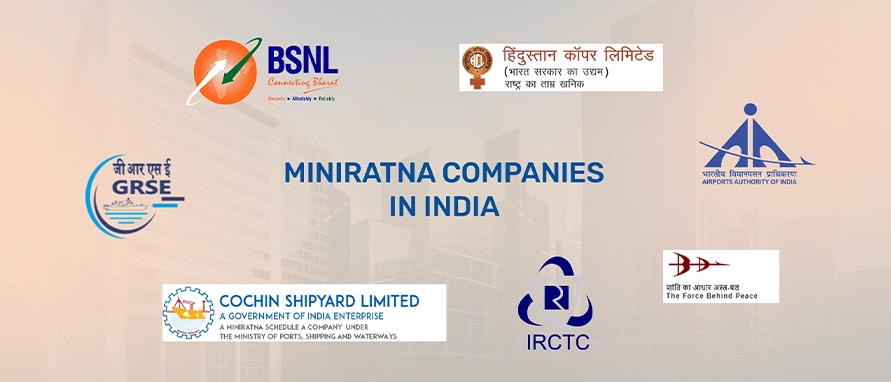
Nupur Wankhede

Geetanjali Lachke

Roshani Ballal

Roshani Ballal

Geetanjali Lachke

Nupur Wankhede

Anshika

Nupur Wankhede

Nupur Wankhede

Nupur Wankhede

Nupur Wankhede

Nupur Wankhede

Nupur Wankhede

Nupur Wankhede

Geetanjali Lachke

Geetanjali Lachke

Roshani Ballal

Nupur Wankhede

Anshika

Anshika

Nupur Wankhede

Nupur Wankhede

Nupur Wankhede

Nupur Wankhede

Nupur Wankhede

Nupur Wankhede

Nupur Wankhede

Nupur Wankhede

Nupur Wankhede

Nupur Wankhede

Nupur Wankhede

Nupur Wankhede

Roshani Ballal

Anshika
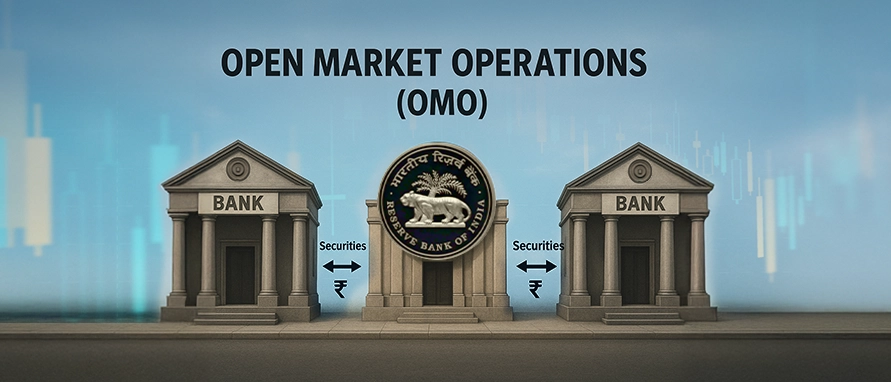
Nupur Wankhede

Geetanjali Lachke

Nupur Wankhede

Nupur Wankhede

Anshika

Anshika

Nupur Wankhede

Anshika

Anshika

Nupur Wankhede
.webp)
Nupur Wankhede

Nupur Wankhede

Nupur Wankhede

Nupur Wankhede

Nupur Wankhede

Nupur Wankhede

Nupur Wankhede
.webp)
Nupur Wankhede

Nupur Wankhede

Nupur Wankhede

Nupur Wankhede
-in-India.webp)
Nupur Wankhede

Nupur Wankhede

Nupur Wankhede

Anshika

Nupur Wankhede

Nupur Wankhede

Anshika

Anshika

Nupur Wankhede

Nupur Wankhede

Nupur Wankhede

Nupur Wankhede

Nupur Wankhede

Nupur Wankhede

Nupur Wankhede

Nupur Wankhede

Nupur Wankhede

Nupur Wankhede

Anshika

Nupur Wankhede

Nupur Wankhede

Nupur Wankhede

Nupur Wankhede

Anshika

Nupur Wankhede

Nupur Wankhede
-Meaning-Importance.webp)
Nupur Wankhede

Anshika

Nupur Wankhede
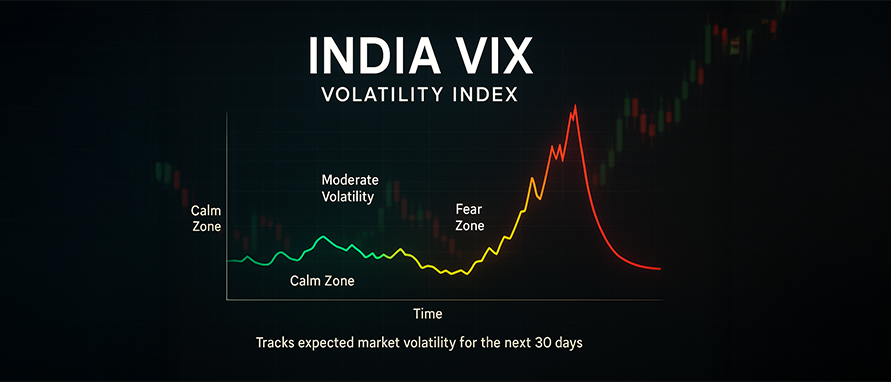
Nupur Wankhede

Nupur Wankhede

Anshika

Nupur Wankhede

Nupur Wankhede

Nupur Wankhede

Geetanjali Lachke

Geetanjali Lachke

Geetanjali Lachke

Anshika

Anshika

Nupur Wankhede

Nupur Wankhede
-portfolio.webp)
Nupur Wankhede

Anshika

Roshani Ballal

Geetanjali Lachke

Geetanjali Lachke

Geetanjali Lachke

Geetanjali Lachke

Geetanjali Lachke

Roshani Ballal

Geetanjali Lachke

Geetanjali Lachke

Geetanjali Lachke

Roshani Ballal

Roshani Ballal

Geetanjali Lachke

Roshani Ballal

Roshani Ballal

Roshani Ballal

Roshani Ballal

Roshani Ballal

Roshani Ballal









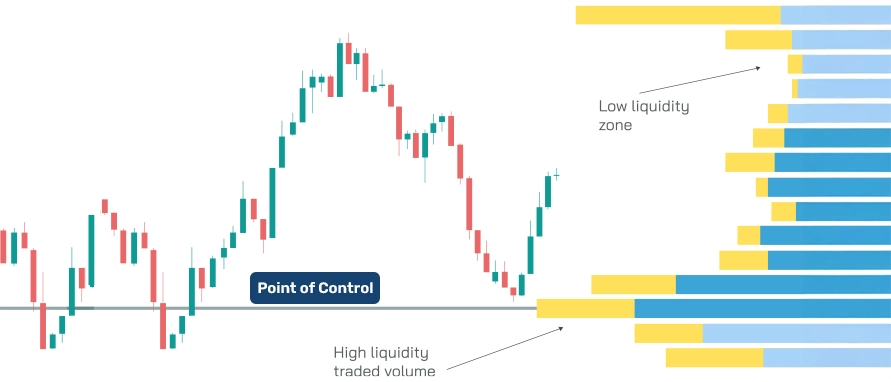
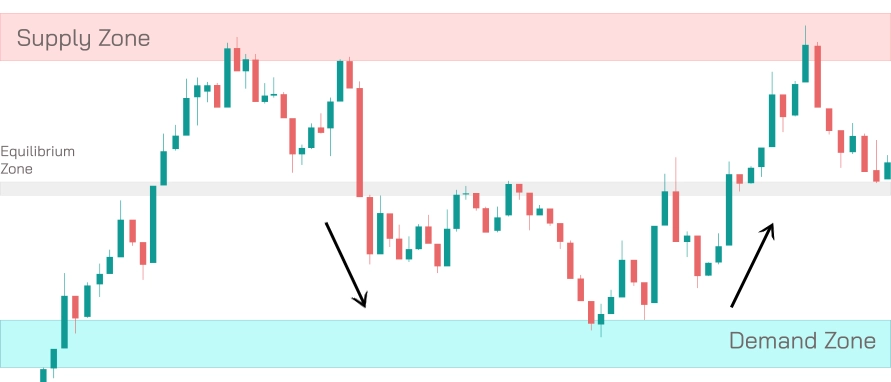


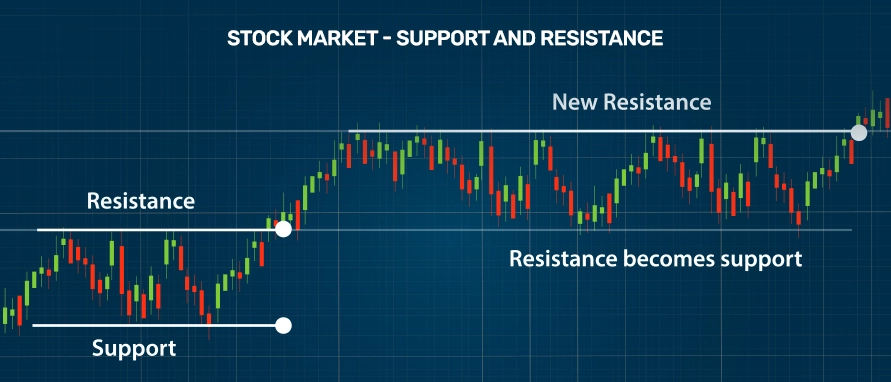







.webp)

.webp)




































































.webp)



.webp)











.webp)



.webp)
































